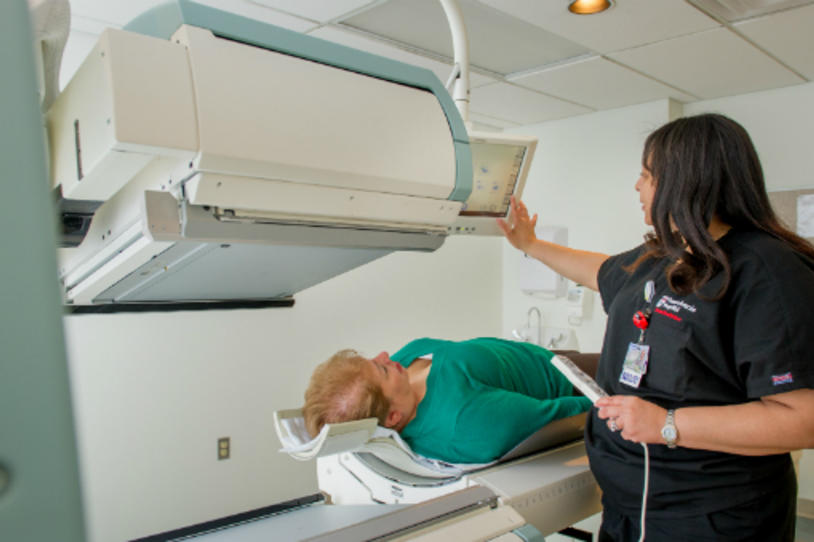
Work toward a test for Parkinson’s is getting significant new funding. The collaborative Center Without Walls for Imaging Proteinopathies with PET (CW2IP2) will receive $20 million over five years from the National Institutes of Health (NIH), the government’s medical research agency. These dollars will help researchers develop tools to image proteins involved in Parkinson’s and other brain diseases, including frontotemporal degeneration (FTD) and progressive supranuclear palsy (PSP).
The protein alpha-synuclein clumps in cells of people with Parkinson’s. Measuring alpha-synuclein in the living brain could help diagnosis the disease sooner, select participants for clinical studies, and test new treatments faster. A tool to image the protein 4R tau may do the same for FTD and PSP.
“At the end of five years, we hope to have a radioactive tracer that will be able to detect Parkinson’s early on and provide detailed information about the disease’s progression, which is critical for discovering and testing new treatments,” said Center Without Walls principal investigator Robert H. Mach, PhD, at Penn Medicine.
Mach and some other members of CW2IP2 — from the University of Pennsylvania, Washington University St. Louis and the University of Pittsburgh — were in the former Michael J. Fox Foundation (MJFF) Alpha-synuclein Imaging Consortium. (CW2IP2 also includes the University of California San Francisco and Yale University.) The MJFF consortium advanced development of a tracer that would bind to alpha-synuclein and show the protein on brain scans, and data from that collaboration allowed the Center to secure the NIH funding.
We are currently funding Mach, among other groups, for complementary work toward an alpha-synuclein tracer. And we are accepting applications to the Ken Griffin Alpha-synuclein Imaging Competition, a $10-million program to support development of this tool.
These significant investments could lead to faster development of this game-changing tool and perhaps more than one of them. The field could use multiple tracers that may work a little differently and can tell scientists different things about disease.
Read more about our search for tests to better diagnose and track Parkinson’s disease.
